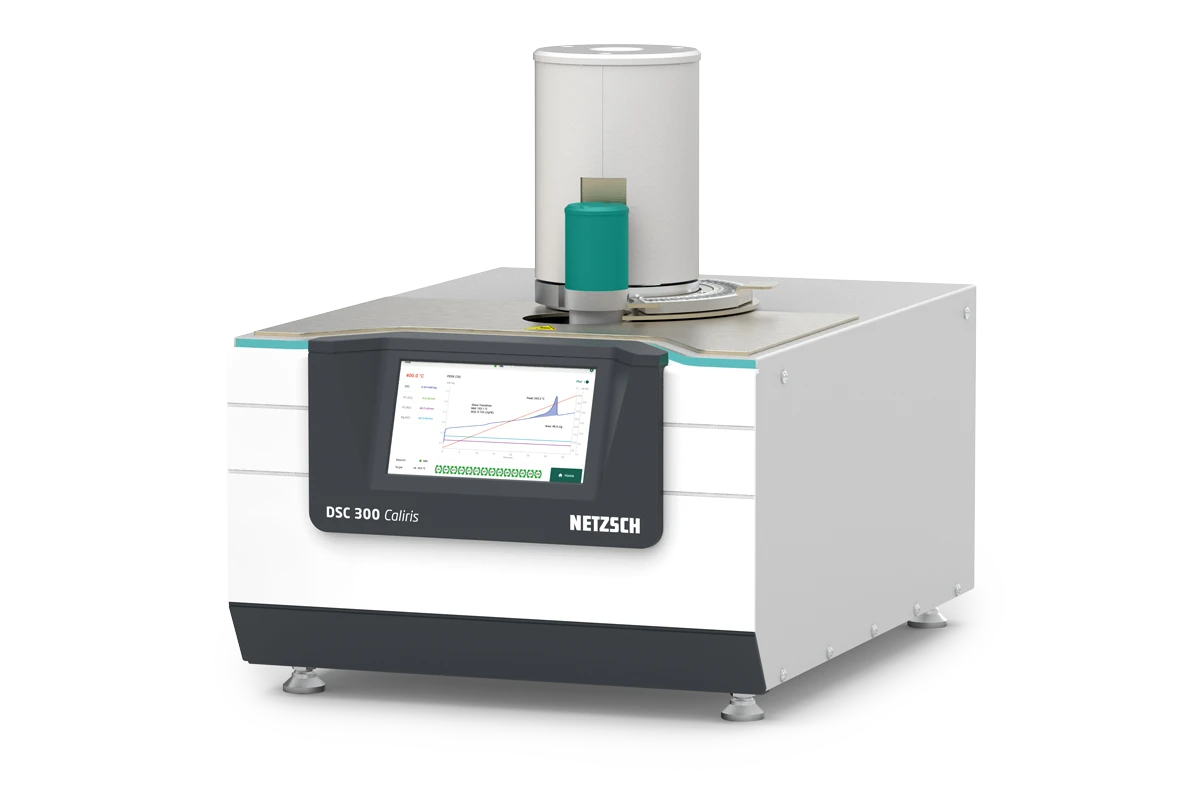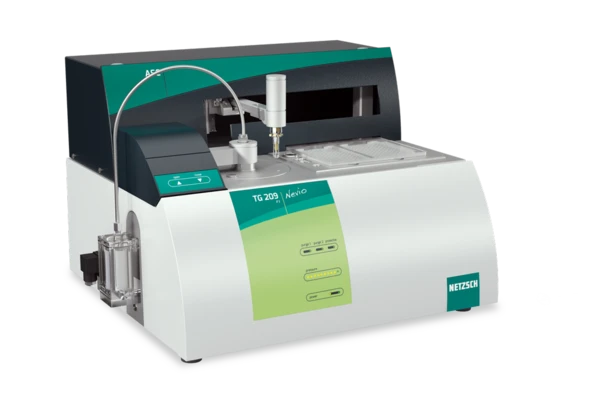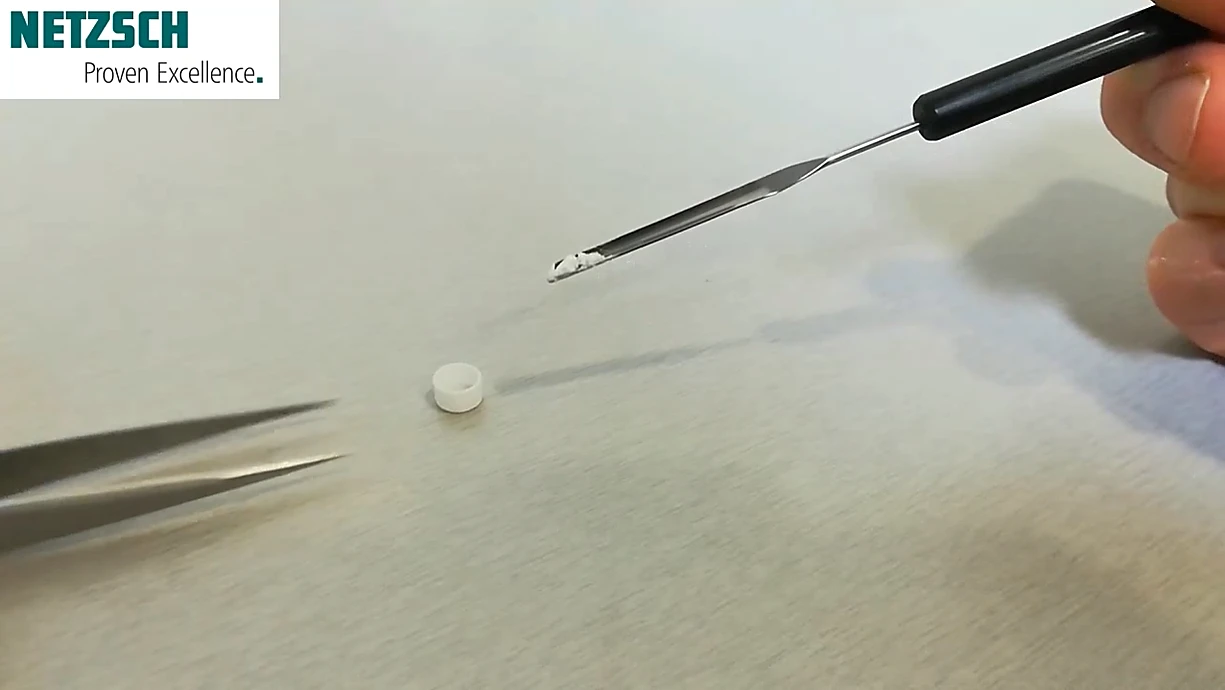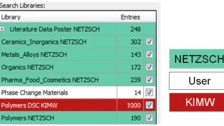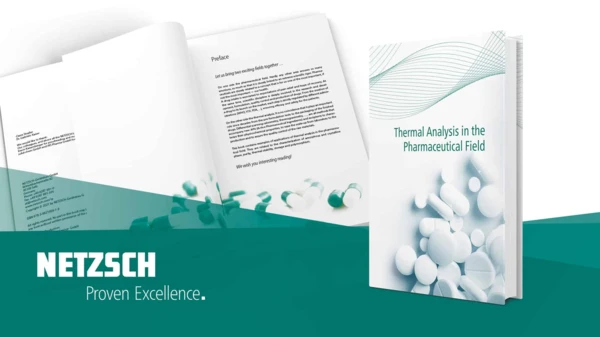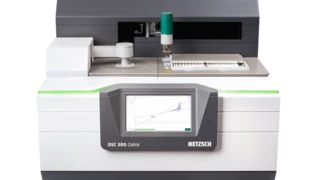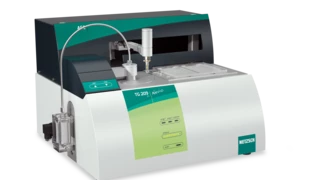
14.08.2023 by Dr. Gabriele Kaiser, Aileen Sammler
5 Reasons Why To Use a NETZSCH DSC and TGA for Testing Pharmaceuticals
Thermal analysis equipment can be found in many analytical, development, formulation and quality control laboratories. In this blog article, we unravel the significance of Differential Scanning Calorimetry (DSC) and Thermogravimetric Analysis (TGA) in the world of pharmaceuticals.
Explore how these established methods have been contributed in ensuring the safety, stability, and efficacy of medications for decades.
Find out in the following why these techniques are that frequently used and discover the indispensable analytical tools that have become a cornerstone in thermal properties testing of pharmaceuticals.
Reason 1: Wide application range
NETZSCH offers a large product portfolio here to cover various areas of application and thus achieve the highest quality standards for pharmaceuticals.
DSC (Differential Scanning Calorimetry) is well suited to characterize the physicochemical properties (melting range, Glass Transition TemperatureThe glass transition is one of the most important properties of amorphous and semi-crystalline materials, e.g., inorganic glasses, amorphous metals, polymers, pharmaceuticals and food ingredients, etc., and describes the temperature region where the mechanical properties of the materials change from hard and brittle to more soft, deformable or rubbery.glass transition temperature, Specific Heat Capacity (cp)Heat capacity is a material-specific physical quantity, determined by the amount of heat supplied to specimen, divided by the resulting temperature increase. The specific heat capacity is related to a unit mass of the specimen.specific heat capacity) of APIs, excipients, formulations or packaging materials, to study PolymorphismPolymorphism is the ability of a solid material to form different crystalline structures (synonyms: forms, modifications).polymorphism phenomena, interactions between the components of a physical mixture (compatibility), process induced transformations (PIT) or to determine the Eutectic PurityA eutectic system is a homogeneous mixture of 2 components that melts and solidifies like a pure substance.eutectic purity of a substance.
Thermogravimetric analysis (TGA) quantitatively detects mass losses and is therefore the method of choice for compositional analysis, for studying a sample´s behavior during PyrolysisPyrolysis is the thermal decomposition of organic compounds in an inert atmosphere.pyrolysis or for deducing Thermal StabilityA material is thermally stable if it does not decompose under the influence of temperature. One way to determine the thermal stability of a substance is to use a TGA (thermogravimetric analyzer). thermal stability.
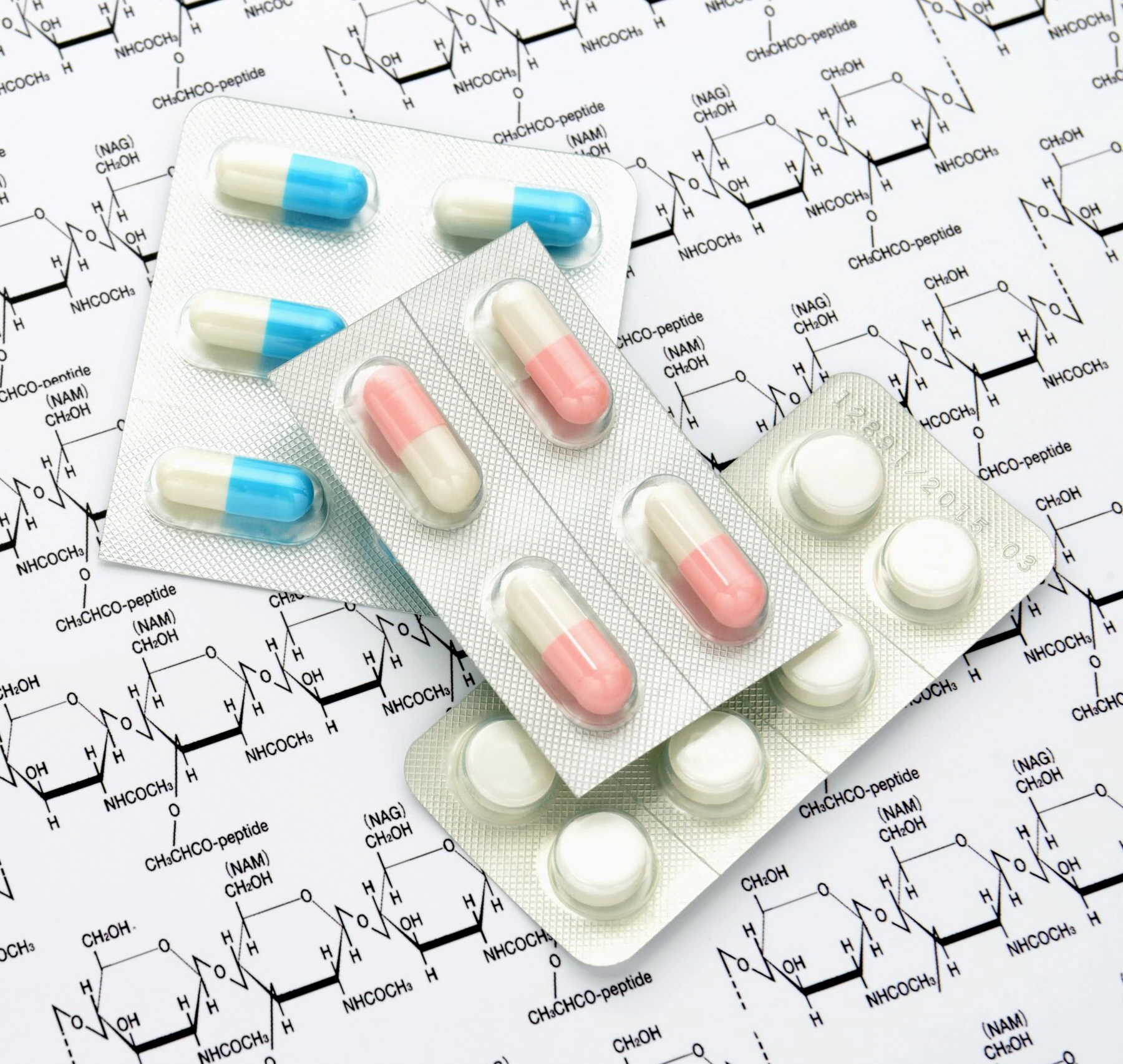
Furthermore, kinetics evaluation can be performed based on thermal analysis data. In this way, with the help of the NETZSCH Kinetics NEO software package, initial information about the shelf life of a drug can be derived from its Thermal StabilityA material is thermally stable if it does not decompose under the influence of temperature. One way to determine the thermal stability of a substance is to use a TGA (thermogravimetric analyzer). thermal stability, even if it is stored under different climatic conditions.
Using a combination of TGA and a gas analyzing system, e.g., FT-IR or GC-MS, it is possible to identify the gas species evolved from a sample material during heating and thus to elucidate the processes behind the mass losses.
Read the following application note examples about the PyrolysisPyrolysis is the thermal decomposition of organic compounds in an inert atmosphere.pyrolysis of acetylsalicylic acid to learn more: (4 parts)
These application notes could also be of interest for you:
Reason 2: Sample preparation with minimum effort
Most of the samples can be used as they are without any digestion, extraction, etc. Powder samples need just to be filled in the crucible or pan. For DSC measurements, it can be additionally useful to compact the powder to ensure good contact with the pan bottom.
Watch also our video about the sample preparation for a DSC and a TGA measurement:
Reason 3: Small sample masses
Some milligram of a sample – it may be solid, semi-solid or liquid – are usually sufficient to set up a thermal analysis experiment. Thus, DSC and TGA can perfectly be applied in the early development or pre-formulation stage where the sample amount is limited.
Reason 4: Fast but meaningful results
A typical heating rate for a thermal analysis experiment is 10 K/min – although modern instruments can realize heating rates between <0.1 and several hundred K/min. If only one heating of the substance is required, a DSC measurement can be completed in about half an hour. Automated evaluation routines in the software (e.g., AutoEvaluation and/or Identify as part of the NETZSCH Proteus® software) can help get an overview of the sample´s behavior immediately after the measurement has been completed.
Learn more about our special software solutions:
Reason 5: DSC and TGA are already established methods for testing pharmaceuticals
NETZSCH instruments are specifically designed to meet the needs of the chemical, pharmaceutical, cosmetic and food industries. It is therefore optimal for research and development, quality control and contract testing in these areas. Differential scanning calorimetry (DSC) is by far most commonly employed, followed by thermogravimetric analysis.
Both techniques are listed in various pharmacopeias such as USP, Ph. Eur. or JP. Concerning USP, DSC and TGA are described in chapter <891>; concerning Ph. Eur. in chapter 2.2.34.
By the way: Do you already know our Application Book "Thermal Analysis in the Pharmaceutical Field"? This application book uses a variety of specific application examples to illustrate how the corresponding experiments are to be carried out and what conclusions can be drawn from the results:
Pharma Application Book Available!
The book contains eight chapters on more than 260 pages about:
- Thermal analysis methods (DSC, TGA, STA and Gas Analysis)
- Characterization of amorphous and crystalline phases
- Purity
- Thermal stability
- Oxidative stability
- Storage conditions and shelf life
- Polymorphism and Compatibility
